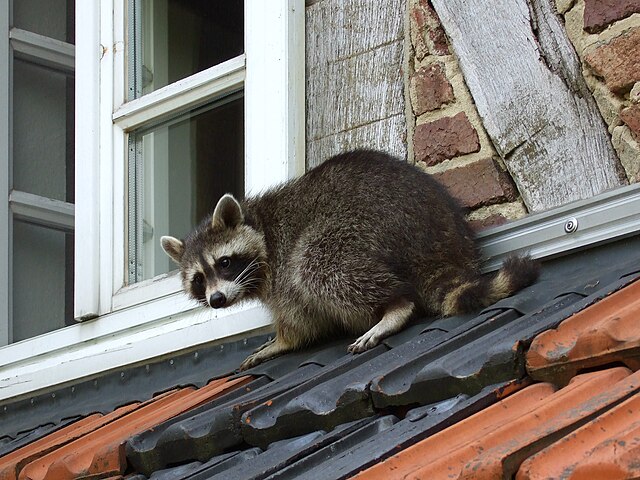Generalist and specialist species
A generalist species is able to thrive in a wide variety of environmental conditions and can make use of a variety of different resources. A specialist species can thrive only in a narrow range of environmental conditions or has a limited diet. Most organisms do not all fit neatly into either group, however. Some species are highly specialized, others less so, and some can tolerate many different environments. In other words, there is a continuum from highly specialized to broadly generalist species.
Generalists such as raccoons can sometimes adapt to urban environments and other areas modified by humans, becoming examples of urban wildlife.
The koala, sometimes called the koala bear, is an arboreal herbivorous marsupial native to Australia. It is the only extant representative of the family Phascolarctidae and its closest living relatives are the wombats. The koala is found in coastal areas of the mainland's eastern and southern regions, inhabiting Queensland, New South Wales, Victoria, and South Australia. It is easily recognisable by its stout, tailless body and large head with round, fluffy ears and large, dark nose. The koala has a body length of 60–85 cm (24–33 in) and weighs 4–15 kg (9–33 lb). Fur colour ranges from silver grey to chocolate brown. Koalas from the northern populations are typically smaller and lighter in colour than their counterparts further south. These populations possibly are separate subspecies, but this is disputed.
Image: Koala climbing tree
Image: Koala Range
Reconstructions of the ancient koalas Nimiokoala (larger), and Litokoala (smaller), from the Miocene Riversleigh Fauna
Mounted skeleton





